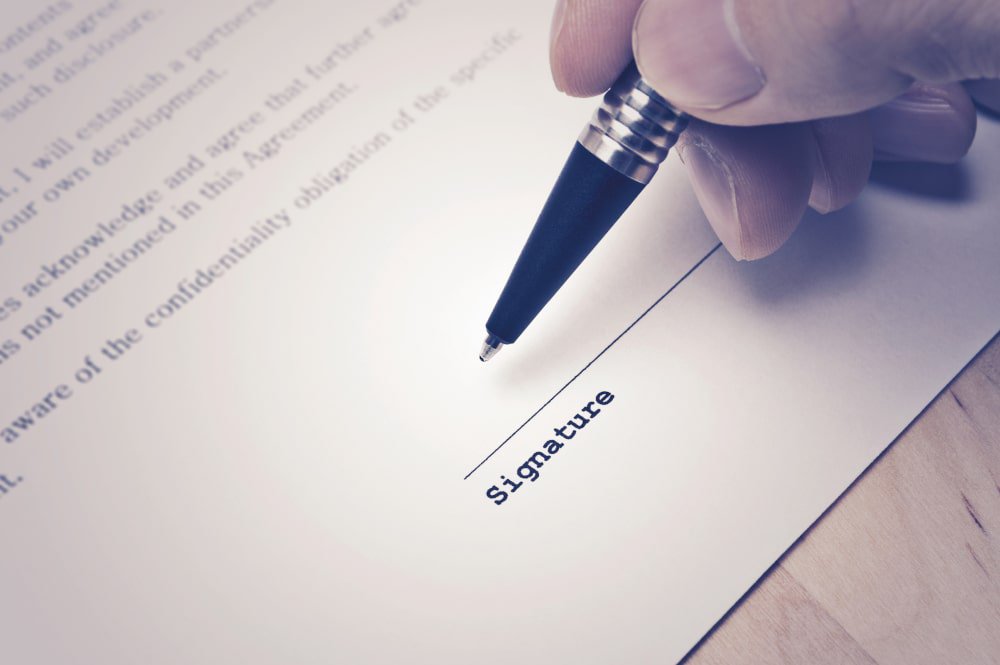What Should I Do If I Don't Understand My Mortgage Closing Documents?

What is Closing Disclosure?
The Closing Disclosure, also known as the Disclosure to Borrower, is a five-page form that details the important features of your mortgage. These would include loan terms, interest rate, monthly payments, closing expenses, and the amount of cash required to close, conflicts of interest, and more. The goal of this form is to promote transparency between you, your mortgage broker, and your lender with the purpose of protecting you, the borrower, from any predatory lending practices.
Your Closing Disclosure form will be provided to you at least two business days before your loan closes, to provide a clear and complete breakdown of your mortgage loan expenses and any potential conflict of interests. The form will also allow you to compare the actual terms of your mortgage to the loan estimate supplied by your lender earlier in the loan process. By reading the document thoroughly, you can gain an understanding of the expenses associated with your loan so that you are not startled by any unexpected fees at closing.
It is also the obligation of your mortgage agent or mortgage broker to walk through the entire disclosure with you either in person, via video call, or on the phone. Their duty is to help ensure that you fully understand the mortgage commitment presented to you, along with the full closing disclosure to borrower document.
Reading Your Closing Disclosure
Before beginning to read your Closing Disclosure, it is important that you understand how to interpret the documents required to close your mortgage loan. Below are a few key documents you may encounter within your mortgage closing process, and their significance:
Loan Estimate/Mortgage Approval
A Loan Estimate (sometimes called a Mortgage Approval or Mortgage Commitment) is a document provided to you after you apply for a mortgage . This document details the loan amount, interest rates, monthly payments, closing costs, pre-payment terms and penalties, and additional terms. When reading your Closing Disclosure, which should contain the same information, you will want to refer back to your Mortgage Commitment or Loan Estimate that the lender prepared to make sure that all the information lines up. If you notice any discrepancies, you should bring the issue up to your mortgage broker before you sign.
Disclosure Statement
In reading your Closing Disclosure, you may find sections surrounding a variety of fees. These can include underwriting fees, prepayment penalties, origination fees, application fees, and more.
Amortization Schedule
This document breaks down your mortgage payments, including principal and interest, for the entire life of your mortgage.
Property Appraisal
This document provides a qualified appraiser's appraisal of the property's value. The lender is usually obliged to guarantee that the property is worth the amount borrowed.
Title Search
This document is a title search to confirm that there are no liens or other concerns that might jeopardize the lender's claim to the property.
Property Insurance Policy
This document describes your property insurance policy's coverage and cost. It's critical to go over the insurance and make sure you understand what is covered and what deductibles you can qualify for.
Statement of Adjustments
This document outlines the purchase price modifications that must be made at closing, such as property taxes and utility bills. It is critical that you review this document and understand how these modifications will affect the amount you will pay at closing.
Charge Document
This is a legal document that serves to secure the mortgage against the property— using the property as collateral. This form will be registered with the province's land titles office where the property is located.
The Closing Process: What to Expect
If you are a first-time home buyer, you may be unsure as to what the closing process entails, While closing on your mortgage can come with some uncertainties, there are a few common steps that occur within the process:
- Getting a Title Search and Title Insurance: Your lawyer will perform a title search to ensure that the seller is the lawful owner of the property and that there are no liens or encumbrances that might interfere with the transfer of ownership. Title insurance can be purchased to safeguard against future title flaws .
- Performing a Property Inspection: As the buyer, you may request a home examination, or a pest inspection, to detect any flaws or problems with the property. For more information, check out our guide on property inspection best practices .
- Re-Negotiation : At this point in the closing process, you may want to review the price set out by the seller, and ensure that it is reasonable. If the property or pest inspections revealed major defects with the home, for instance, you may want to re-negotiate your offer to better reflect the cost of necessary repairs.
- Mortgage Financing : At this point, your lender will provide you with the full amount of your mortgage loan, so that you will be able to finalize the home purchase transaction on the closing date.
- Preparing Closing Documents : Your lawyer, as well as the seller's lawyer, will prepare and review the appropriate closing papers, including: the deed, transfer of ownership, and other legal documentation.
- Final Walk-Through: One of the final things you should do before signing your closing documents is to go over the property one more time. You want to ensure that there has been no damage since your previous house inspection. You should also ensure that the vendor has done the necessary repairs and that no new issues have arisen. Lastly, ensure that nothing from the purchase agreement has been deleted.
- Closing Date : As the borrower, you will deliver the funds for the purchase to your lawyer on or prior to the closing date, and your lawyer will transfer the funds to seller’s lawyer. Once the seller receives their funds, their lawyer will transfer ownership of the property to you. You will also be responsible for closing charges such as legal fees, land transfer taxes, and any other necessary fees.
- Registration and Disbursement: After the closing, your lawyer will register the transfer of ownership and mortgage paperwork with the land registry office. Then they will distribute the proceeds to the seller and to the other parties involved in the transaction.
The closing process can sometimes be challenging to navigate, especially if you are a first-time homebuyer.
Here at Clover Mortgage, our expert team of brokers is trained to help set you up for success at all stages of your home purchase. We can walk you the closing process on a one-on-one basis, and offer unique advice best suited to your current situation. Contact Clover Mortgage to book a free consultation today!





